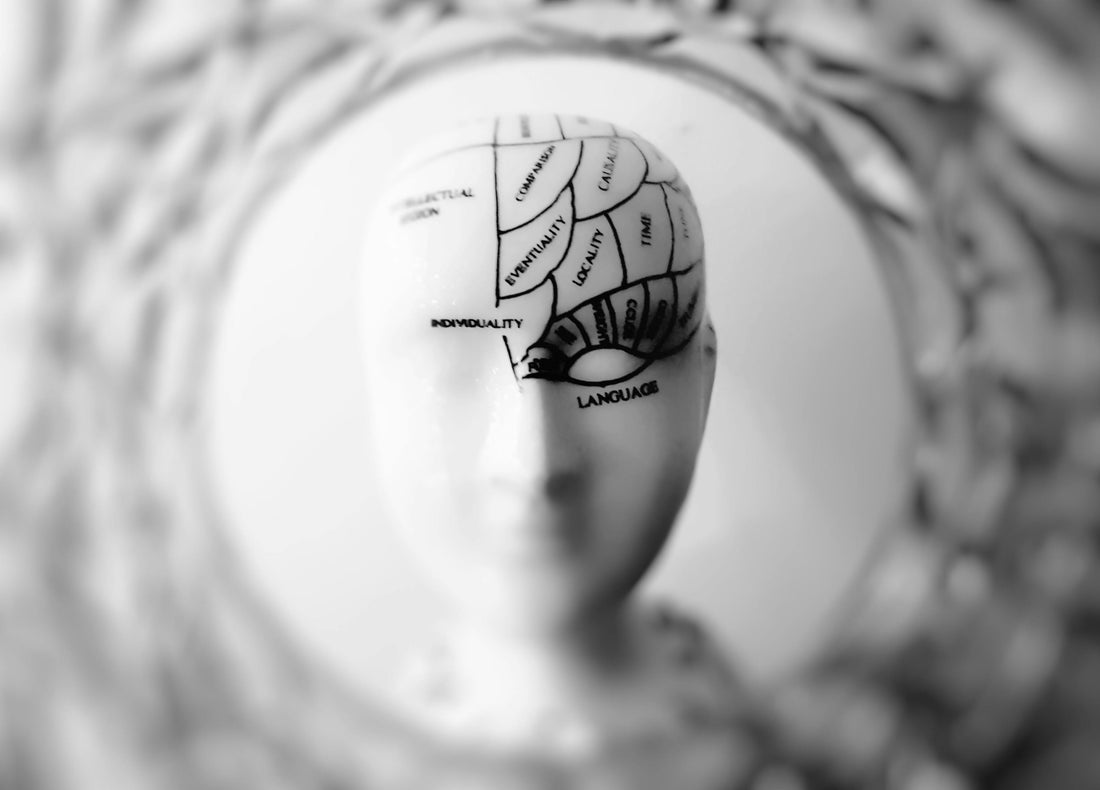Post-stroke pain can significantly impact the quality of life for survivors, but with the right strategies, relief is within reach. In this comprehensive guide, we explore evidence-based techniques for managing post-stroke pain and reclaiming independence and well-being.
Understanding the root causes of post-stroke pain is the first step towards effective management. Neuropathic pain, musculoskeletal discomfort, and central pain syndrome are common manifestations experienced by stroke survivors. By identifying the specific type of pain, individuals can tailor their treatment approach to address their unique needs.
Medication management plays a crucial role in alleviating post-stroke pain. Analgesics, anticonvulsants, muscle relaxants, and antidepressants are among the medications commonly prescribed to manage pain symptoms. Working closely with healthcare providers to find the right combination of medications can help individuals achieve optimal pain relief while minimizing side effects.
Physical therapy is another cornerstone of post-stroke pain management. Therapeutic exercises, stretching techniques, and manual therapy interventions can improve muscle strength, flexibility, and joint mobility, reducing pain and enhancing function. Additionally, modalities such as heat, cold, ultrasound, and electrical stimulation may provide additional relief.
Alternative therapies such as acupuncture, massage therapy, and mindfulness-based practices offer additional avenues for pain management. These approaches focus on promoting relaxation, reducing stress, and improving overall well-being, complementing traditional treatments and enhancing the holistic approach to pain management.
Building a strong support network is essential for coping with post-stroke pain. Family, friends, healthcare professionals, and support groups can offer emotional support, practical assistance, and encouragement throughout the recovery journey. Sharing experiences, seeking advice, and connecting with others who understand can provide invaluable comfort and reassurance.
In conclusion, managing post-stroke pain requires a comprehensive approach that addresses the physical, emotional, and social aspects of recovery. By understanding the causes of pain, exploring effective treatment options, and building a support network, individuals can take control of their pain management journey and regain control of their lives.

